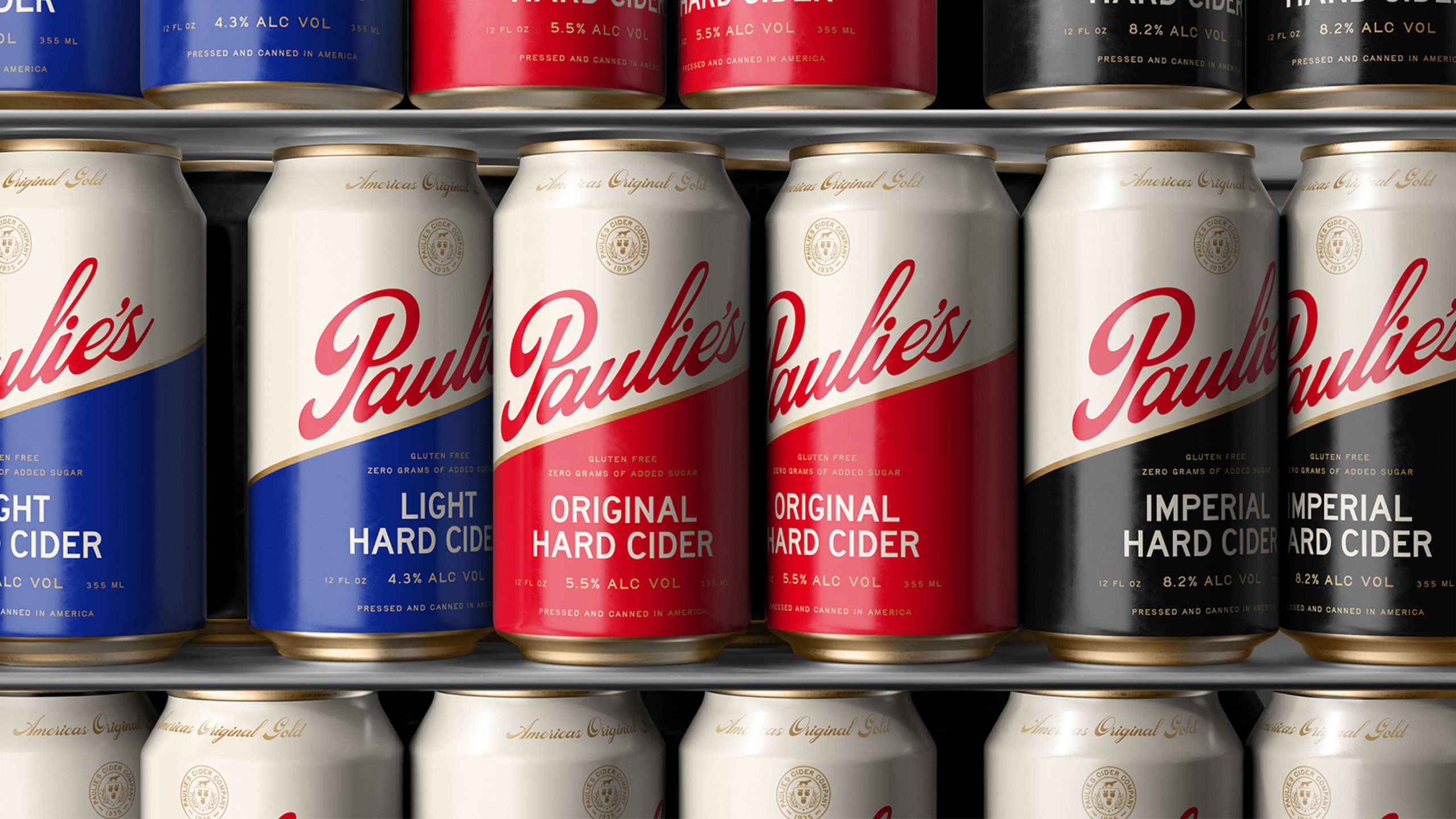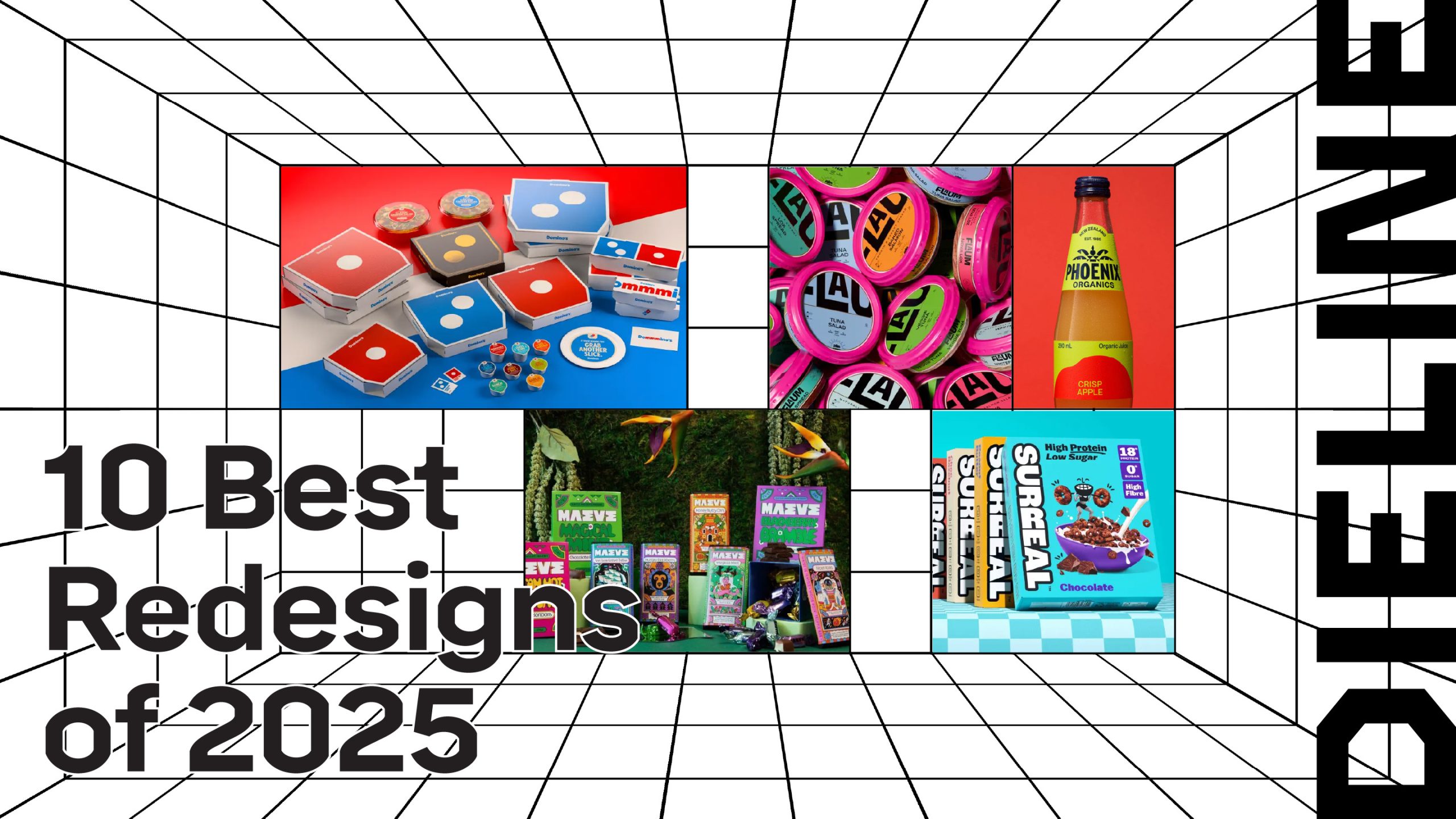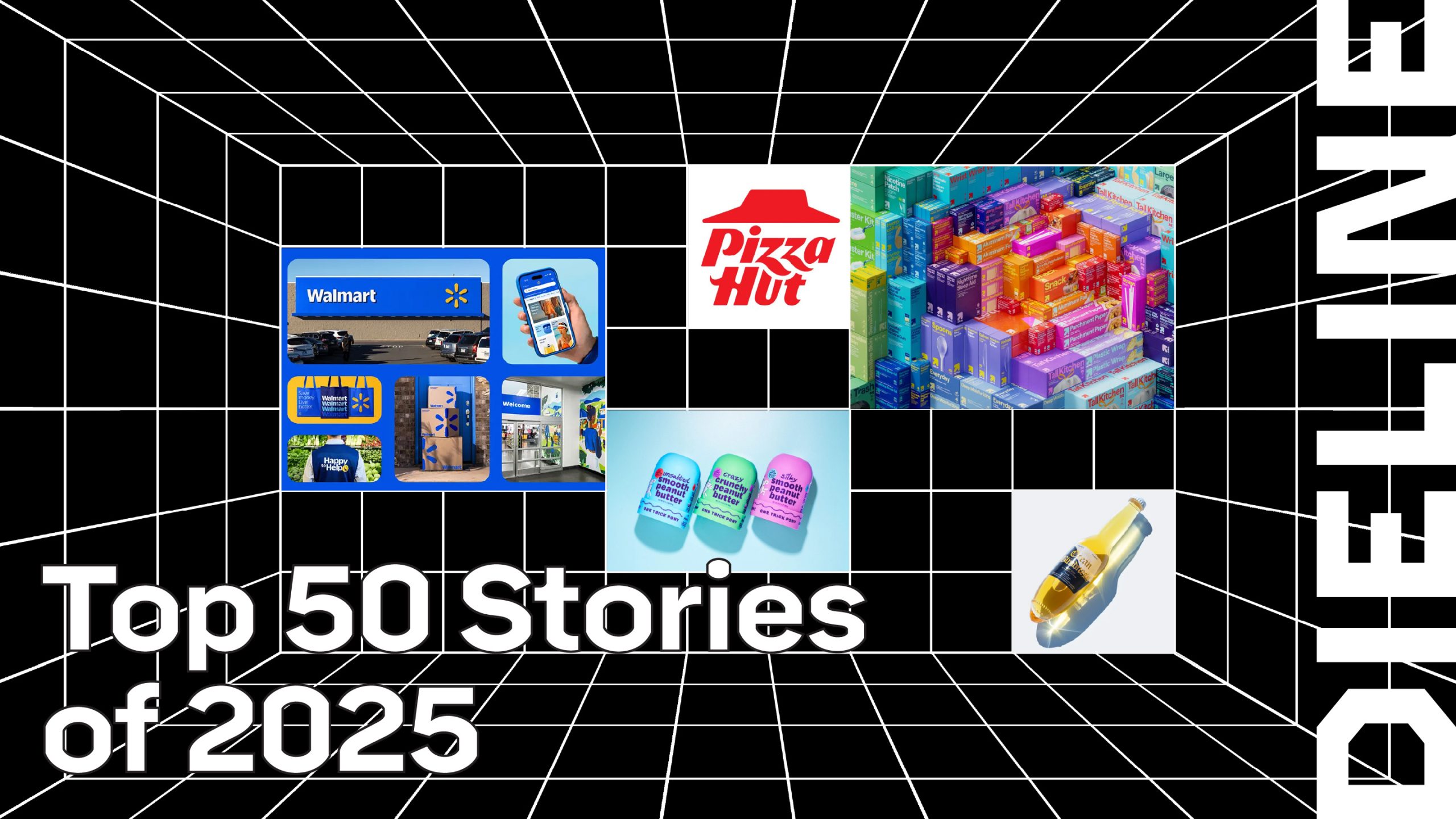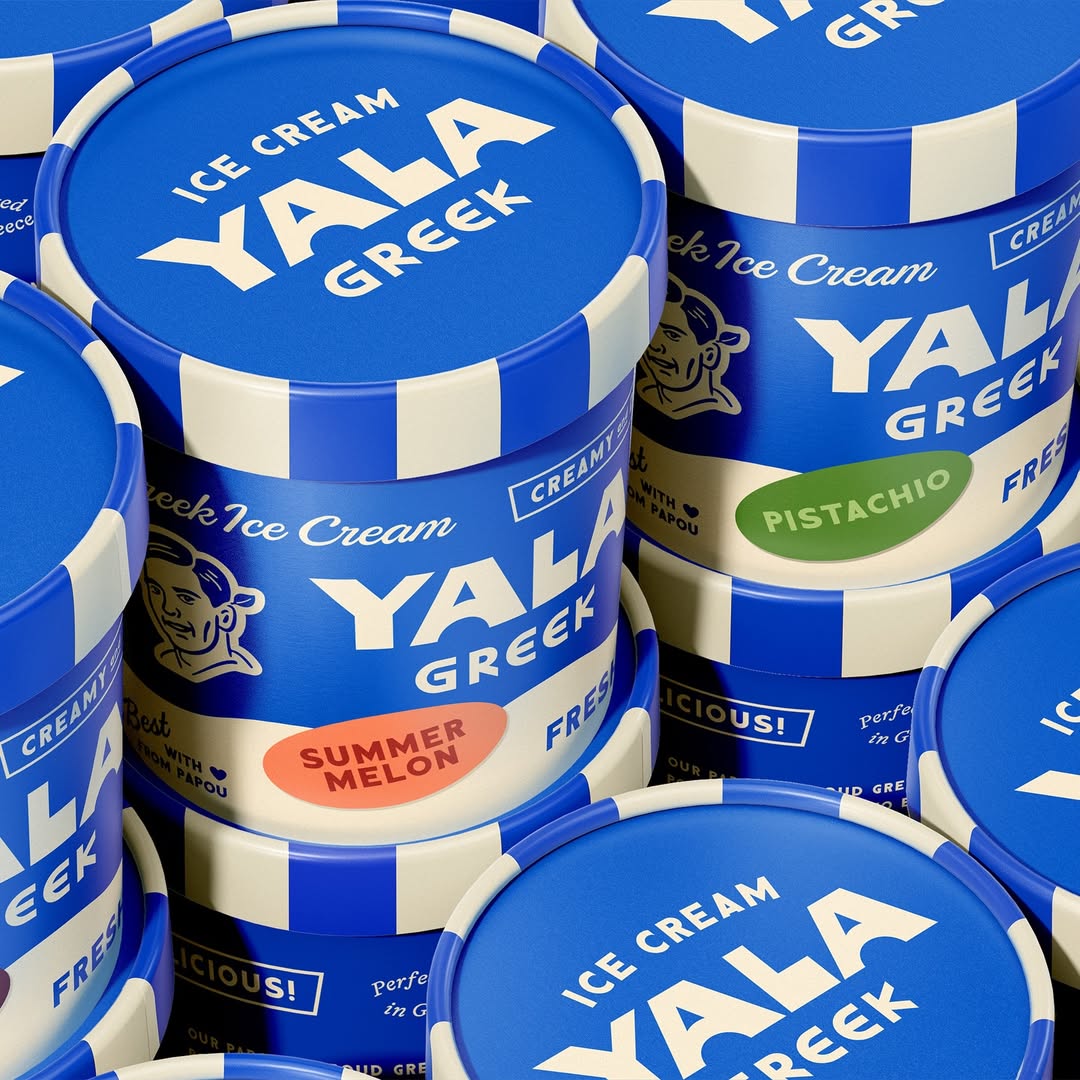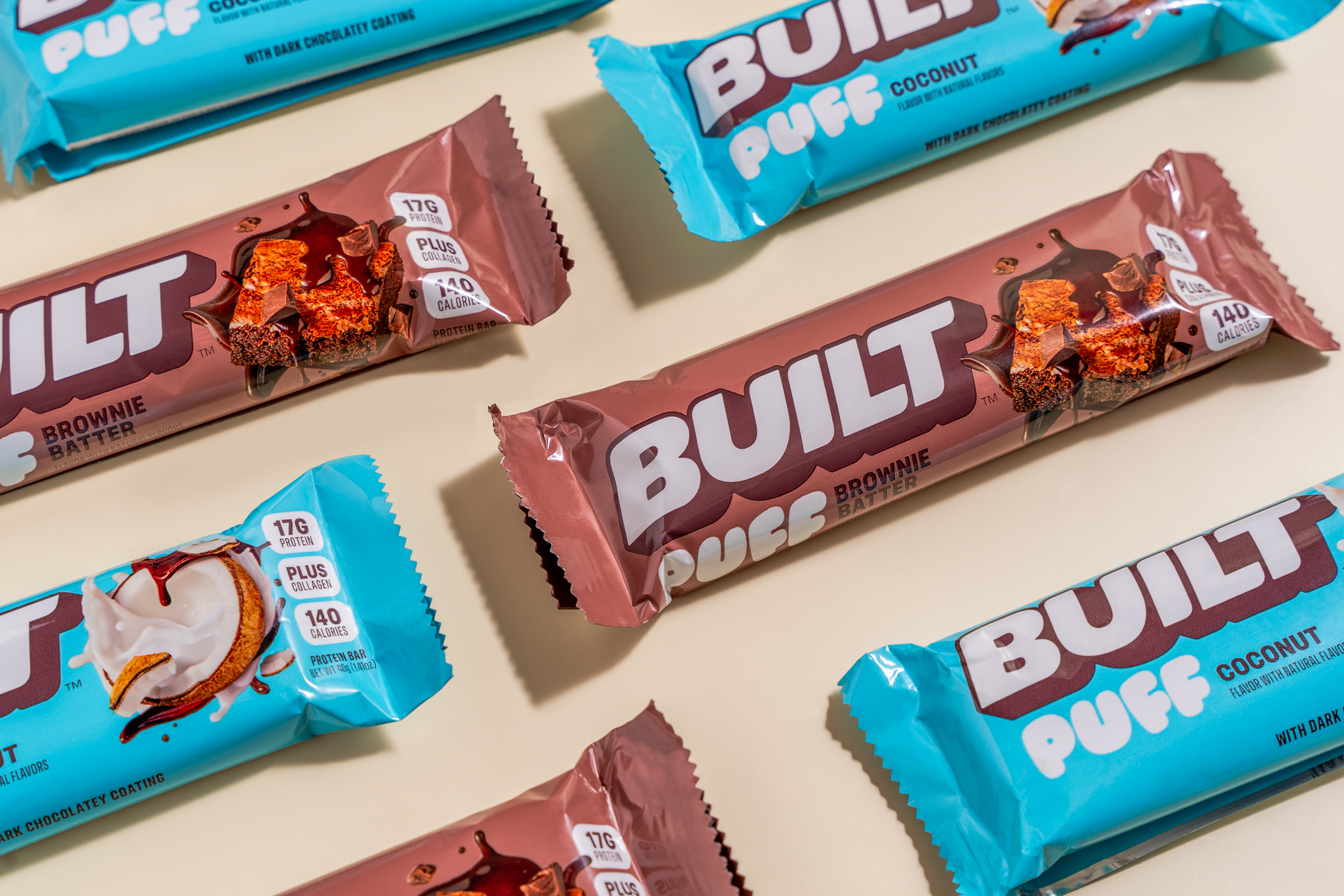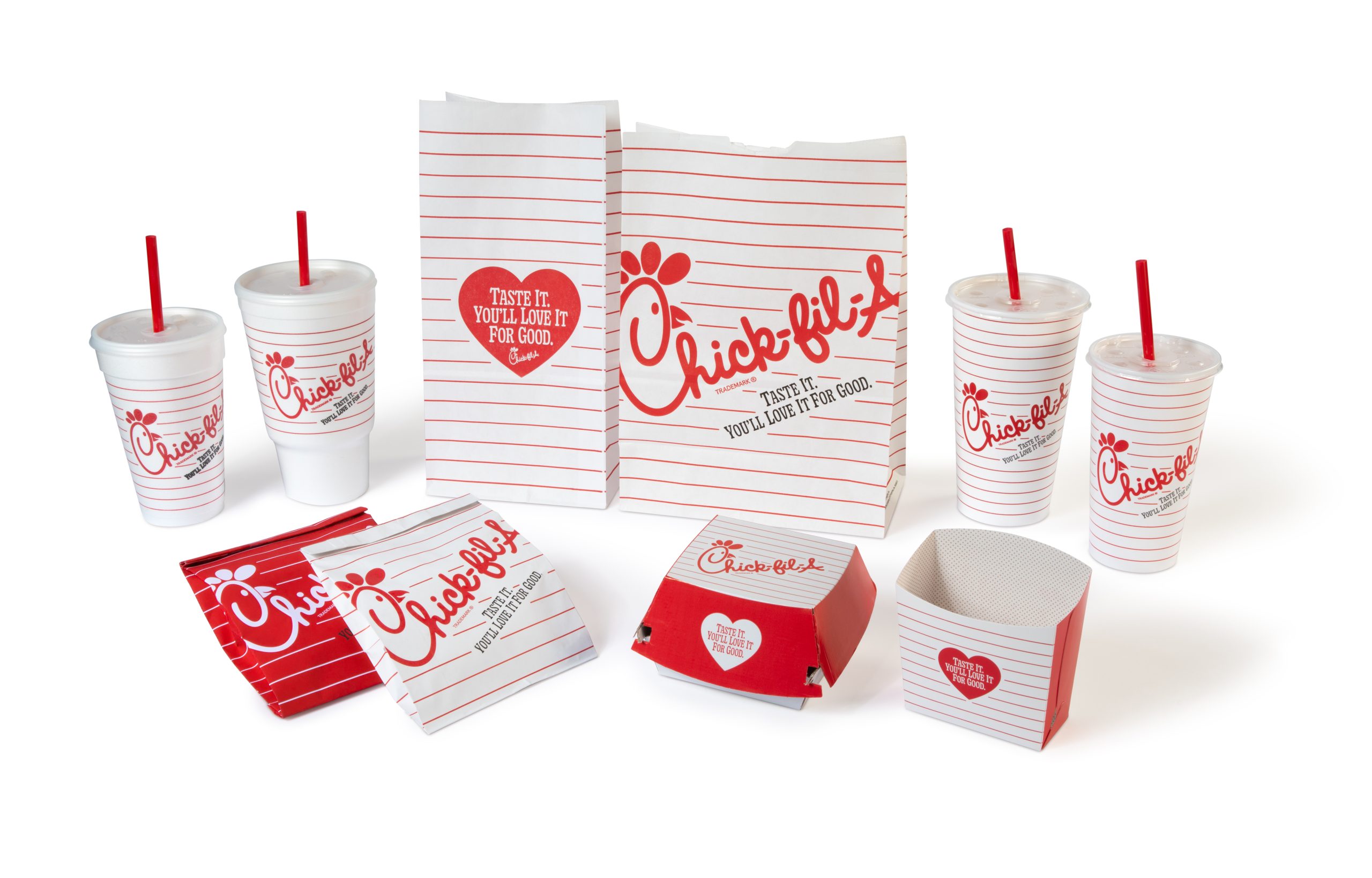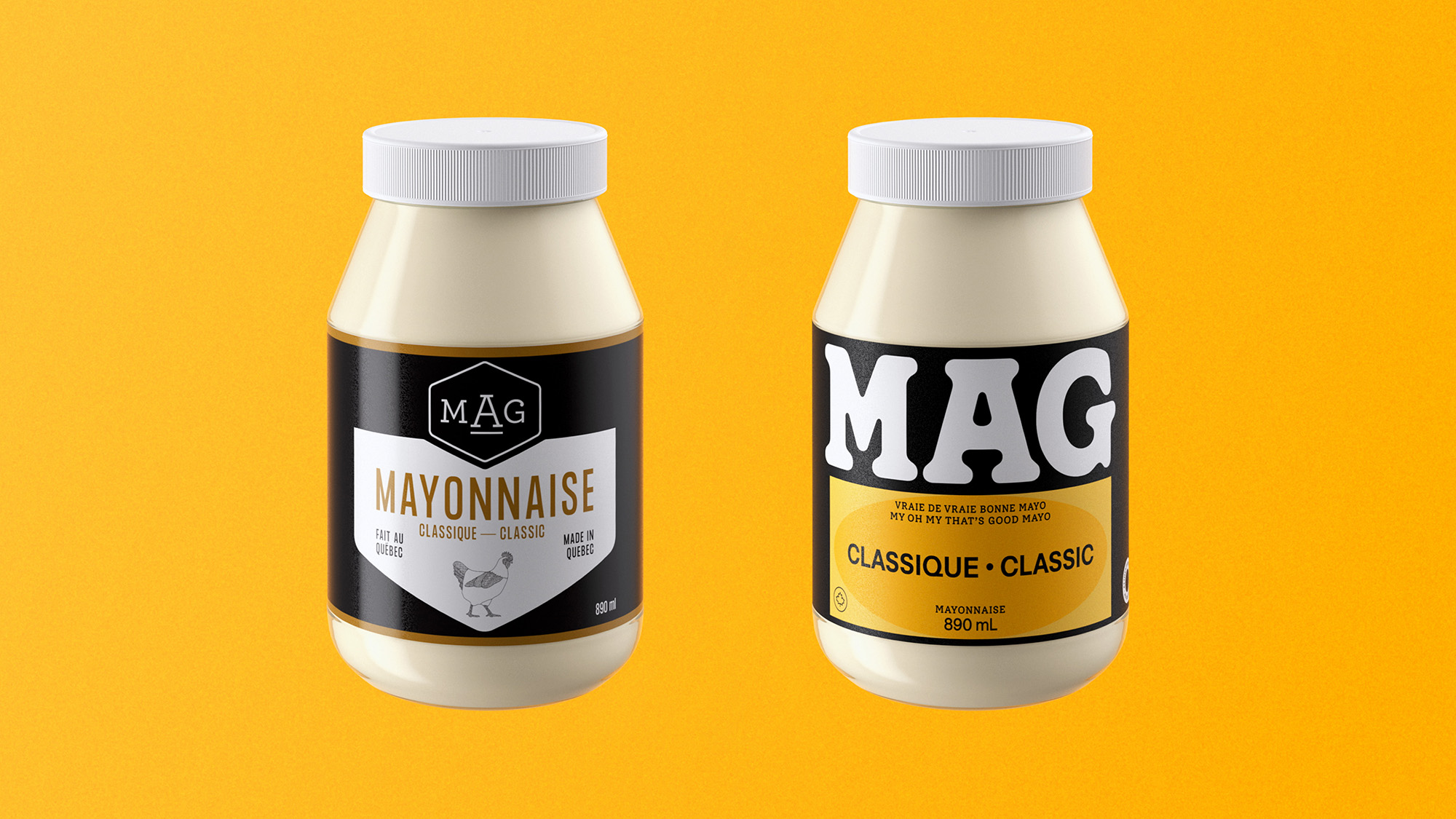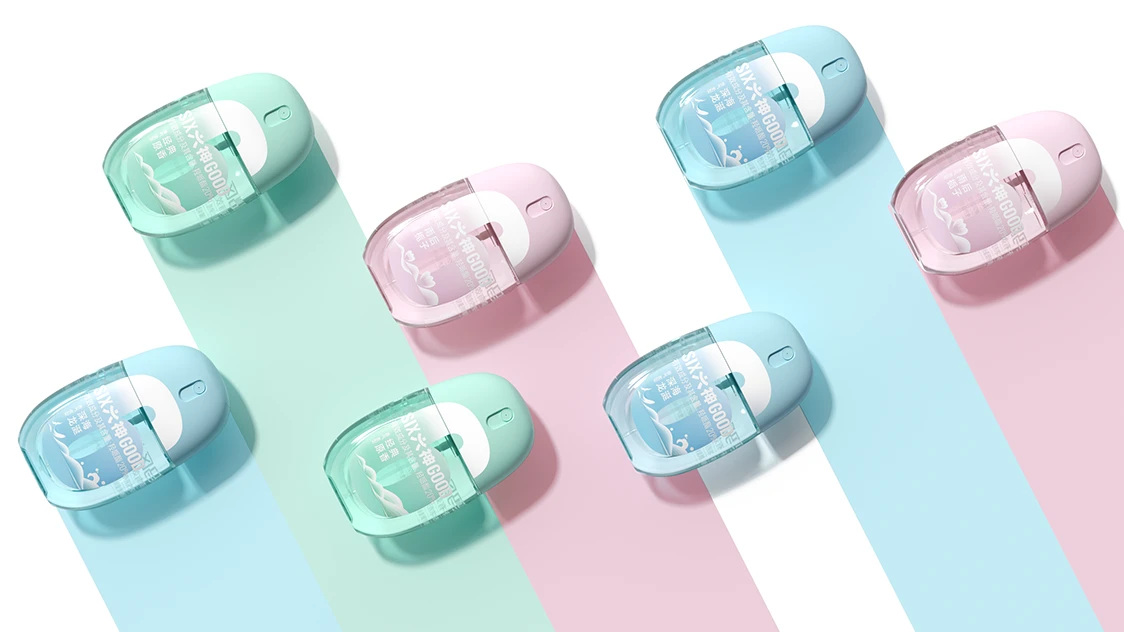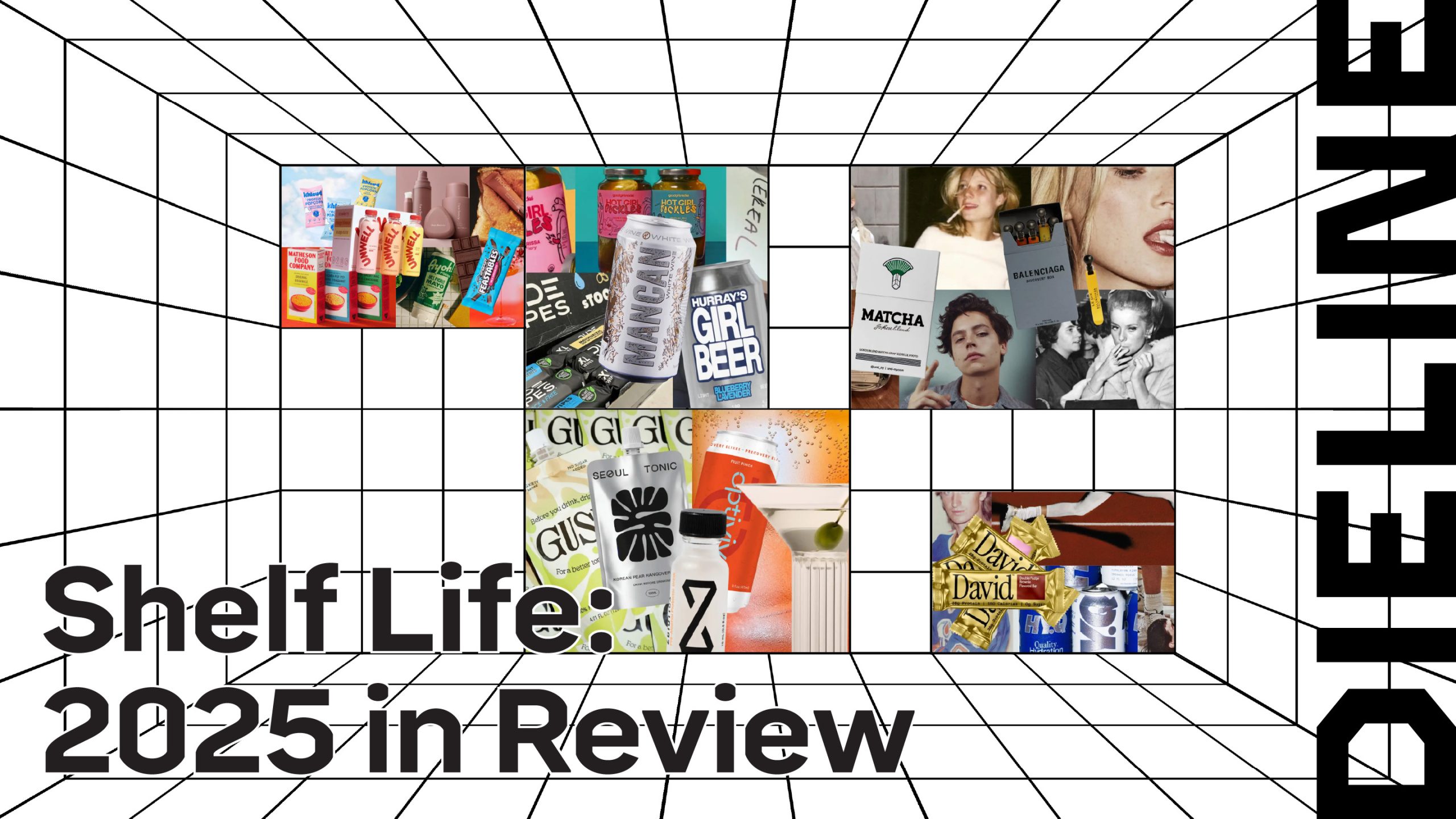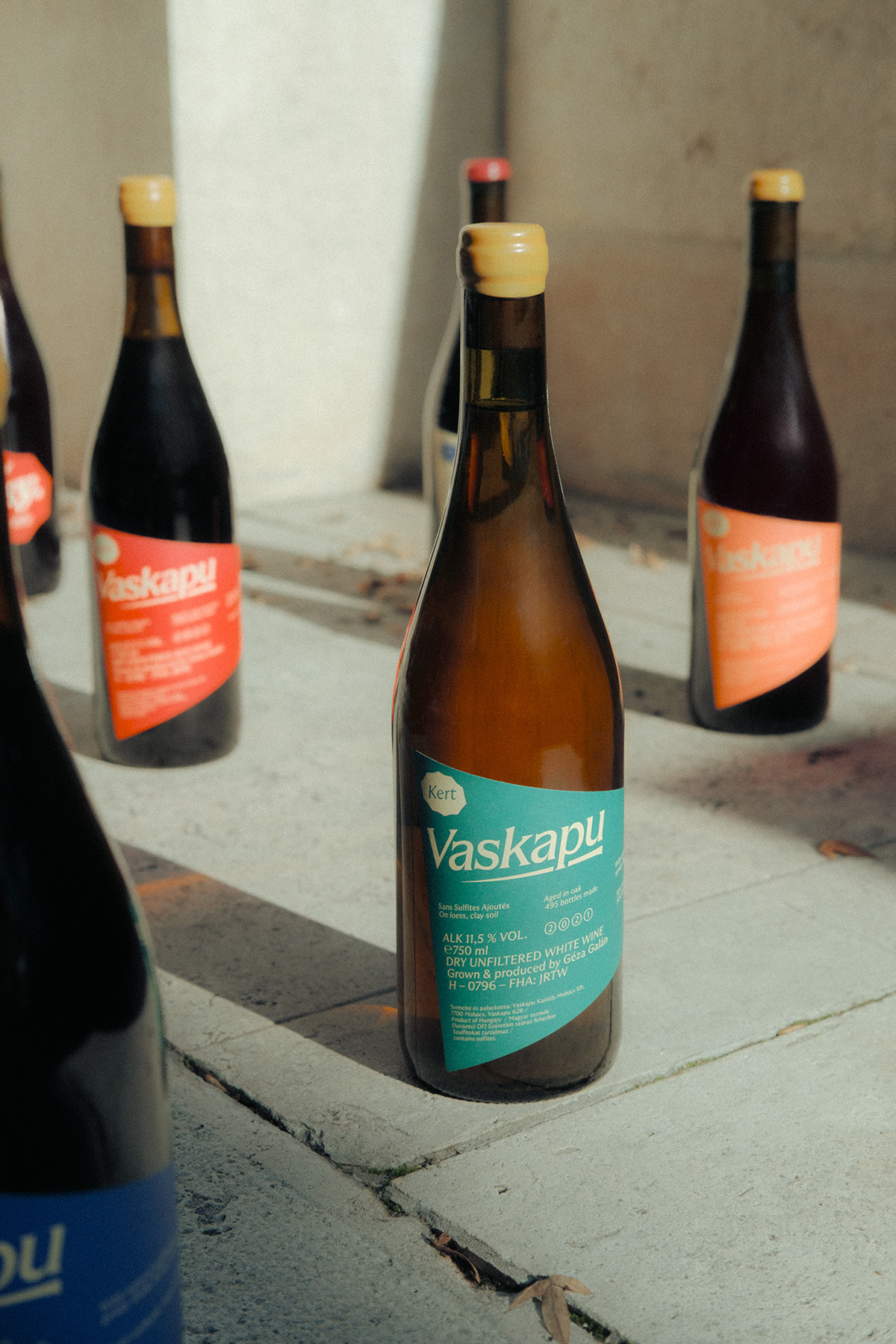There seems to be an endless supply of plants and nuts to make non-dairy milk from; in fact, there are many more plants we squeeze milk from than any animal species. Sure you’ve heard of a few like soy and almond, but what about hemp, cashew, rice, or coconut, even banana, an alt-milk that has gained traction with the introduction of Mooala, which although low in protein and fats, ticks a lot of boxes for today’s wellness-focused consumer — it’s vegan, paleo, and raw.
It’s the latest, non-dairy craze to consume the nation, because that is what we needed, right? Another plant-based milk, just one made with bananas and sunflowers seeds that come decked out in a bottle with a koala made to look like a cow.
It might also be a sign that the real competition for plant-milk isn’t moo-juice, consumption of which has been on the decline for years, but other alt-milks currently in the market, and possible new entrants, as it seems there’s nothing humans won’t make milk out of.

